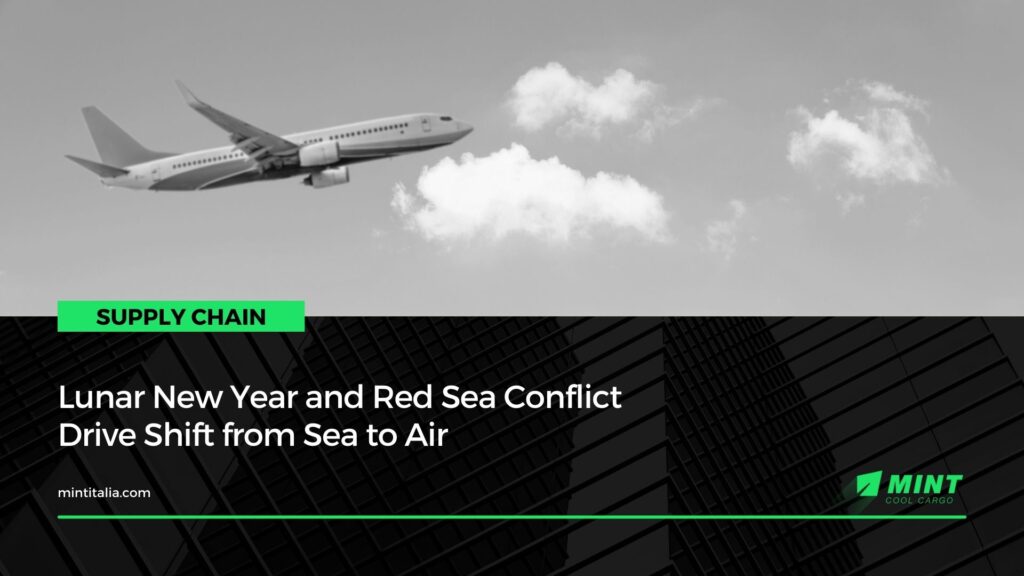Global air cargo volumes rose 10% year over year in January due to early Lunar New Year shipments and a shift among shippers from sea to air due to conflict in the Red Sea.
The Lunar New Year, celebrated widely across Asia, traditionally spurs heightened shipping activity in the lead-up to the festivities. As a result, manufacturers, retailers, and suppliers rush to fulfill orders and stock up on inventory well in advance.
Moreover, the ongoing tensions and conflicts in the Red Sea region have exacerbated disruptions to maritime trade routes, prompting many shippers to seek alternative transportation methods. The unpredictability and potential risks associated with sea freight in conflict zones have driven a notable shift towards air cargo as a more reliable and secure mode of transportation for time-sensitive goods.
This transition from sea to air freight underscores the adaptability and resilience of global supply chains in response to geopolitical challenges and seasonal demands.
The robust growth in air cargo volumes not only reflects the immediate responses of businesses to market conditions but also underscores the broader trends shaping the logistics landscape.
#AirCargo #GlobalTrade #Logistics #SupplyChain #LunarNewYear #Geopolitics
#RedSeaConflict #GlobalShipping #TradeRoutes #AirFreight #SeaFreight

Sfide del Trasporto Aereo Cargo in Italia
Il trasporto aereo cargo rappresenta un pilastro fondamentale dell’economia globale, facilitando lo scambio di merci su scala internazionale con efficienza e velocità senza pari. Tuttavia, oggi si trova ad affrontare una serie di sfide significative, che richiedono un approccio innovativo e sostenibile per garantire la sua competitività e rilevanza nel panorama economico mondiale.








